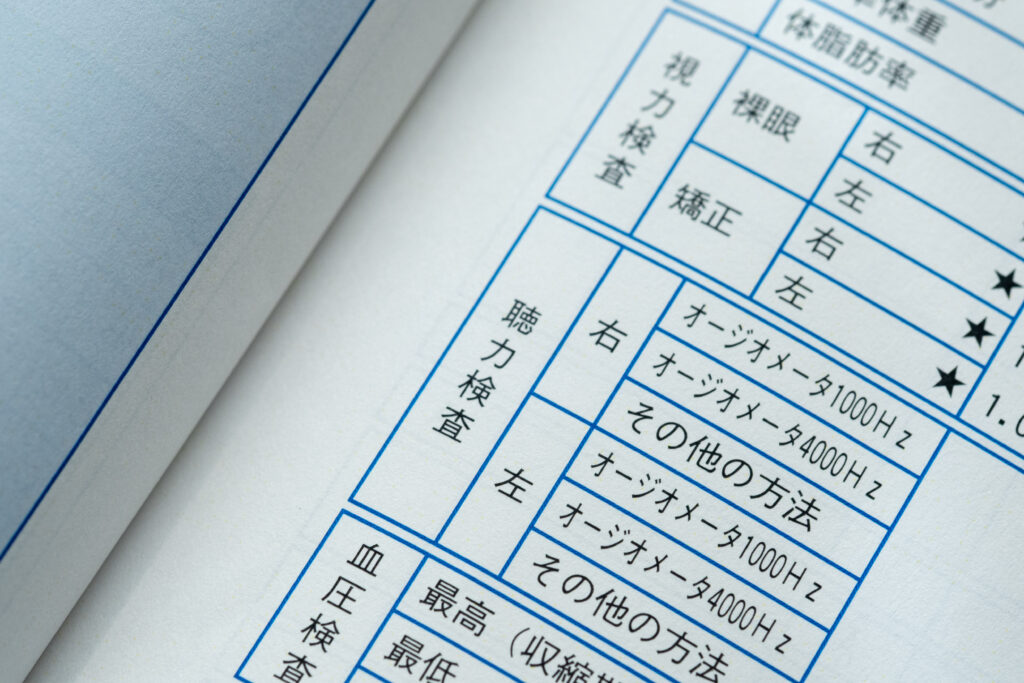How to Achieve Silence Below 20 dB? ─ Sound Insulation Goals and Methods for Hearing Test Rooms ─

Introduction | How Quiet is “Below 20 dB”?
In hearing tests, accuracy depends on an extremely low level of ambient noise. A target of “below 20 dB SPL” represents a level of quiet far beyond typical room acoustics.
To compare:
- Rustling leaves: approx. 20 dB
- A quiet library: around 30 dB
Achieving below 20 dB requires specialized sound insulation and acoustic engineering, not just standard building materials.
1. Why is “Below 20 dB” Necessary?|Standards and Clinical Needs
● ISO 8253-1 and JIS T 1201
These international and national standards define maximum permissible ambient noise levels (MPANL) by frequency. For example:
- At 1,000 Hz and 2,000 Hz: MPANL ≤ 30 dB SPL
- In high-precision settings: recommended environment is 20–25 dB SPL
● Medical Requirements
Pediatric hearing tests, high-sensitivity audiometry, and hearing aid fitting often require ultra-quiet rooms to detect minimal auditory thresholds.
2. Engineering Solutions to Achieve “Below 20 dB”
(1) Advanced Sound Insulation
- Multi-layer wall assemblies with double walls, air gaps, and floating floors
- Silenced ventilation systems and acoustic sealing for doors and cable ports
- Sound insulation performance typically rated D-65 or higher
(2) Sound Absorption Design
- Suppression of reverberation and standing waves is essential
- BF Series acoustic materials by Sonora Technology Co., Ltd. (BFW, BFB, BFP) provide broadband sound absorption (α ≥ 0.99), contributing to extremely quiet and comfortable environments
(3) Noise Source Management
- Locate rooms away from noise sources such as roads, mechanical rooms, and HVAC equipment
- Apply vibration isolation techniques if needed, especially for floating floors and suspended ceilings
3. Acoustic Validation: Ambient Noise and Sound Field Testing
Design alone is not enough. To guarantee performance:
- Ambient noise must be measured using 1/3-octave band analysis
- A-weighted background noise should ideally be ≤ 20 dB(A)
- Sound field testing can confirm the space meets semi-free field criteria for accurate testing conditions
4. Enclosure’s Approach to Ultra-Quiet Room Design
At Enclosure Co., Ltd., we design and build custom hearing test rooms that meet and exceed acoustic standards.
Key Capabilities:
- Sound insulation construction for ultra-low ambient noise levels
- Absorptive interior design using BF Series materials
- Acoustic doors, silenced air ducts, and floor vibration isolation
- Modular and site-built room options, tailored for clinics, hospitals, and screening centers
Conclusion | Precision Starts with Silence
Creating an environment quieter than 20 dB SPL is challenging—but it’s also the key to achieving clinical precision and confidence in hearing test results.
Enclosure brings together expertise in medical acoustic standards and advanced room design, helping clients achieve exceptional sound environments where only the test tone is heard—and nothing else.
